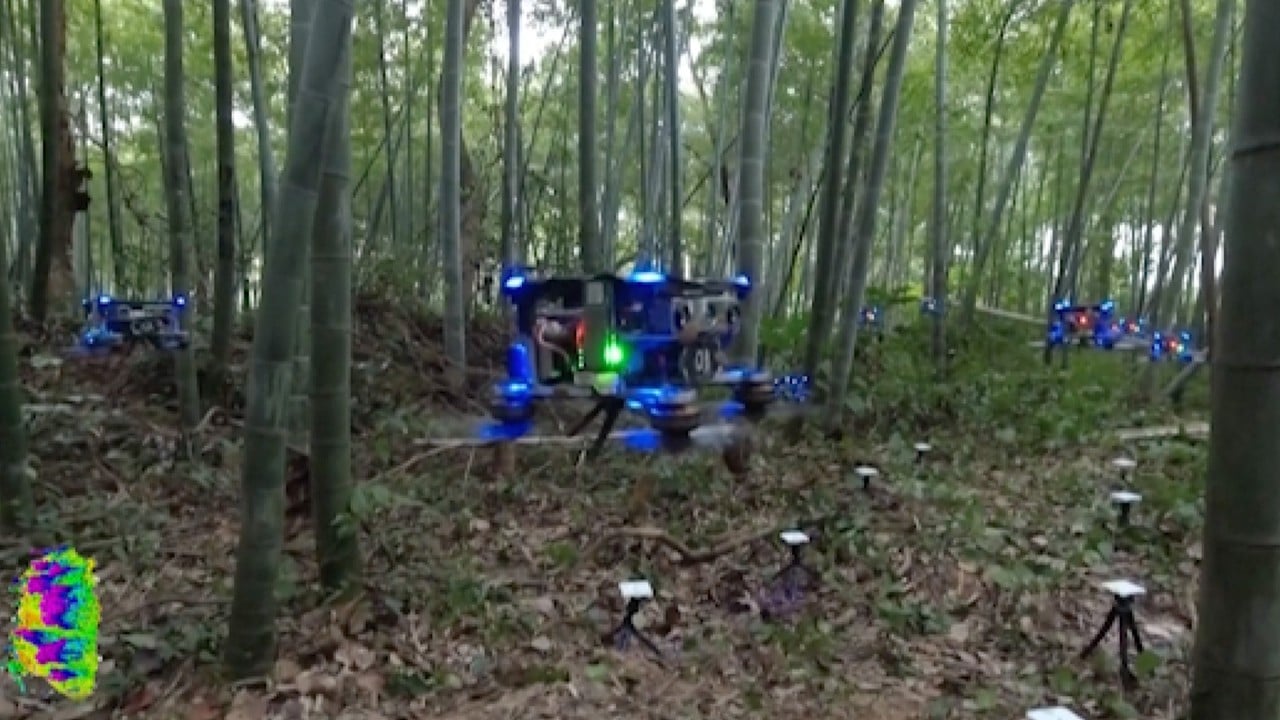
China’s ‘low-altitude economy’ on the rise as southern city named focal point
- China publishes guideline designating southern provincial capital as major staging ground for research, development in ‘low-altitude economy’
- The sector, which covers unmanned aerial vehicles operating within 1km above ground, is seen as a strategic emerging industry
China has designated the capital city of Guangdong province, its economic powerhouse in the south, as the nexus of its unmanned equipment industry – a part of broader efforts to spearhead technological advancement and advance its plans to be a global player in drones, autonomous vehicles and civil aviation.
Nansha, a district in Guangzhou, has been selected to develop a citywide management system for unmanned vehicles as well as industry standards for what has been deemed the “low-altitude economy”, according to a document recently released by the National Development and Reform Commission (NDRC), the country’s top economic planner.
The district has also been encouraged to “take bold moves” in research and transform the resultant discoveries into marketable products.
China’s EHang sells autonomous passenger drone for US$332,000 on Taobao
“We strive to give full play to Nansha’s unique advantages and make Nansha a carrier for bold exploration and early breakthroughs,” said Xiao Weiming, deputy secretary general of the NDRC, at a press conference last week.
“We expect to generate pioneering experiences that can usher in new developments in key reform areas nationwide.”
The guideline, which explicitly states its goal as better leveraging Nansha’s “leading role in the construction of the GBA,” dedicated significant space to the need for technical standards covering maritime, land, and air applications of unmanned technologies as a unified system.
The guideline also encouraged the use of unmanned devices in fields like industrial production, logistics and emergency rescue.
Sun Zhiyang, mayor of Guangzhou, said the city plans to set up a platform to manage and control a citywide unmanned system, with Nansha granted privileged access to the platform as the pilot region and playing host to an incubation centre which the city hopes will attract leading enterprises.
Data from the Civil Aviation Administration of China showed the sector’s value exceeded 500 billion yuan (US$69.1 billion) last year and is expected to reach 2 trillion yuan by 2030.
In addition to this expanding sector, the government will also promote deep-sea exploration and the seed industry in the Nansha district, establishing funds and incentive mechanisms for the application of advanced technologies in those areas, Sun said, adding the district will also create international standard certification organisations in these domains.
Other measures for the district, such as boosting innovation in marine science and technology, developing speciality finance, and easing market access restrictions for pharmaceuticals and medical devices, were also included in the guideline.


